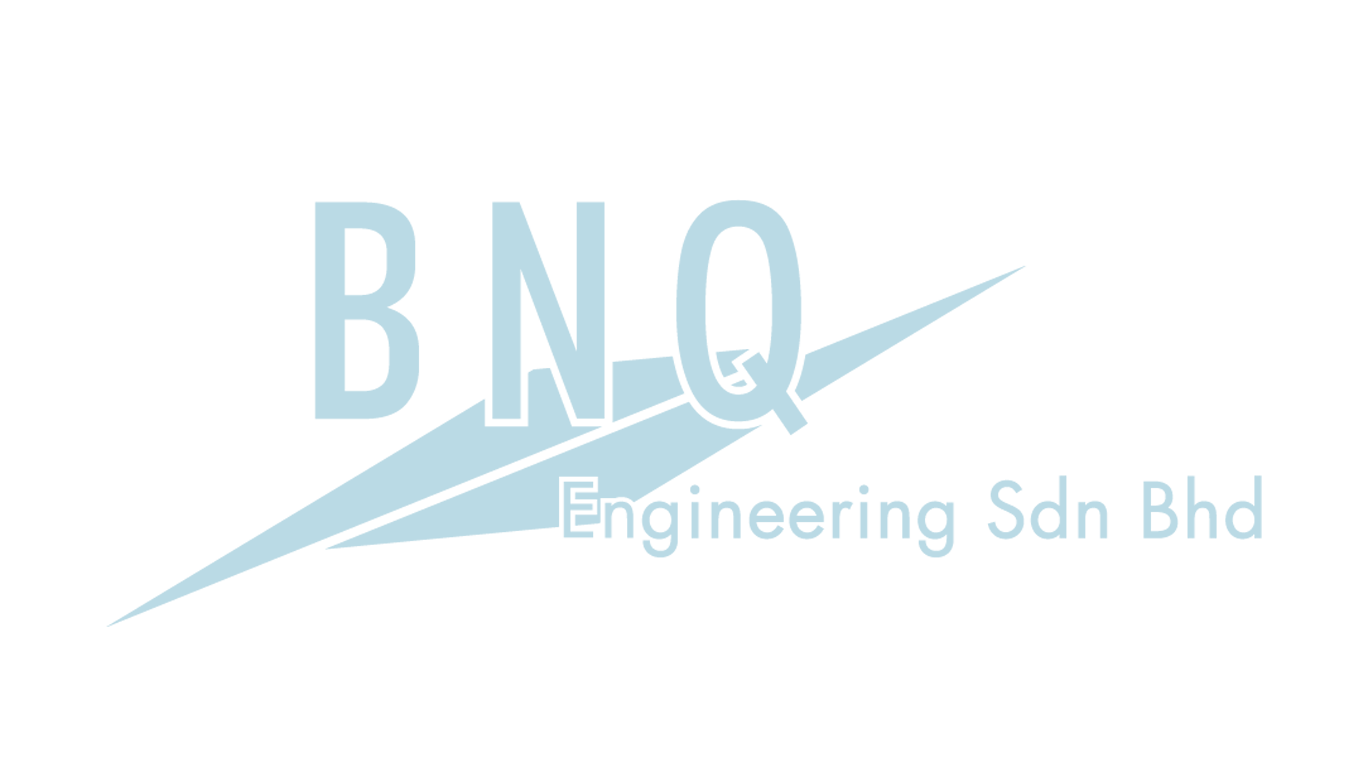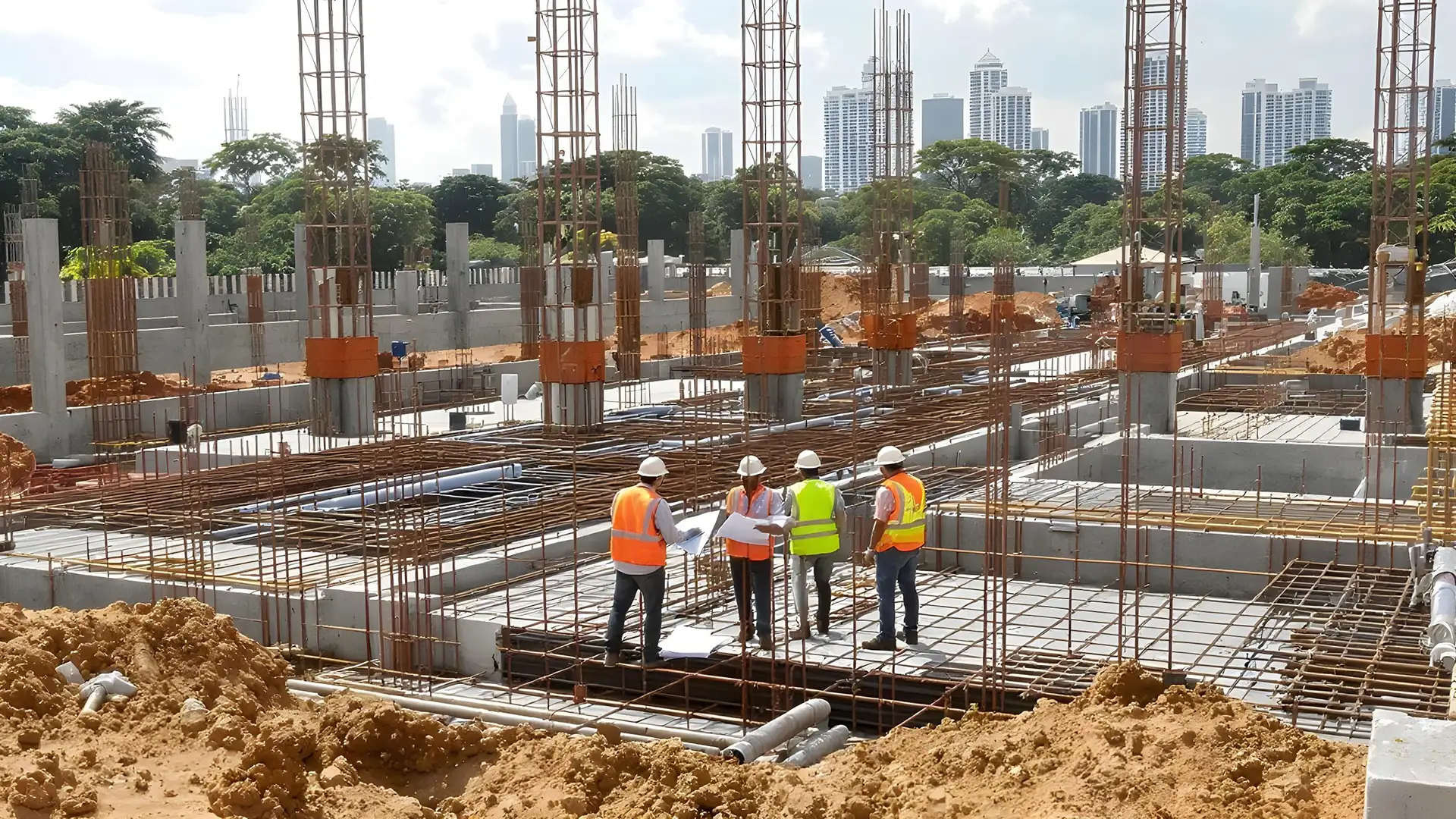In construction, every project starts with a design. But too often, that design prioritises structure and space with M&E (mechanical and electrical) planning left to catch up later. The result? Systems that don’t fit, costly rework, or worse, long-term inefficiencies that the client inherits.
At BNQ, we believe M&E coordination should begin the moment layouts are being conceptualised. Not just because it prevents mistakes, but because it directly impacts buildability, operational performance, and total project cost.
Here’s why early coordination makes a difference:
1. You catch problems before they cost you
When M&E input is only added after the structural layout is fixed, you end up forcing services into spaces that weren’t designed to accommodate them. That’s when clashes happen: pipes run into beams, ducts lose efficiency, or cable trays are squeezed into tight corners.
By coordinating early, potential clashes are caught during drawing reviews, not on site when materials have already been installed.
2. You make the building easier to run and maintain
A building isn’t just something you complete and walk away from. Clients live with it. Tenants operate in it. Facility teams maintain it.
When M&E is coordinated from the start, you’re designing with long-term operations in mind. That means:
Clear access to panels and risers
- Logical routes for future upgrades
- Systems that are easy to troubleshoot
- It’s about making the building work, not just look complete.
3. You reduce hidden risks in the delivery timeline
Late-stage redesigns don’t just affect the M&E contractor. They affect procurement, structural works, ceiling heights, coordination drawings, and sometimes even authority submissions.
Early coordination gives project managers more confidence in their timeline and cost control because you’ve reduced the variables that cause last-minute surprises.
4. You create opportunities for smarter planning
When structure, architecture, and M&E are aligned from the beginning, you can plan more effectively. That includes shared infrastructure, energy efficiency strategies, and scalable services for future expansion.
Good coordination doesn’t just avoid problems. It adds value.
Early-stage M&E planning isn’t a bonus. It’s a necessity for any project that aims to deliver quality without compromise. Whether you’re designing a factory, office, or high-tech facility, integrating your services team at the start can save you time, money, and headaches later on.


